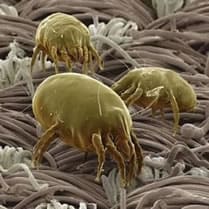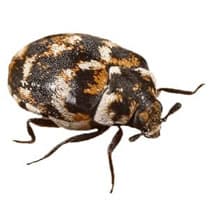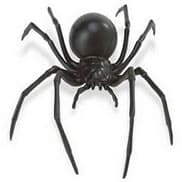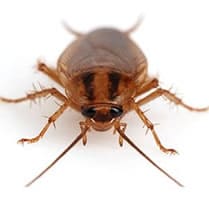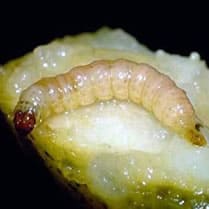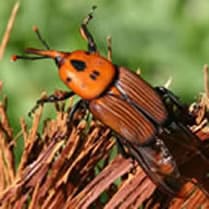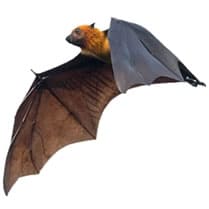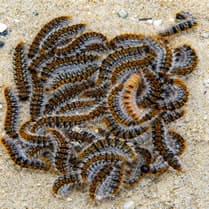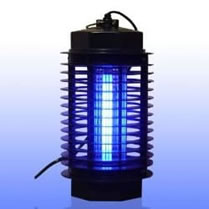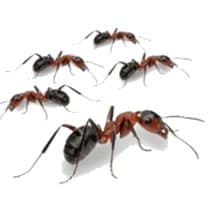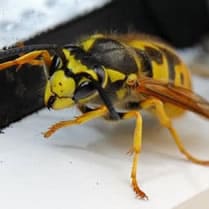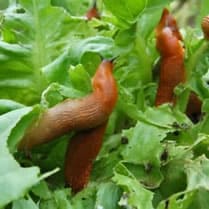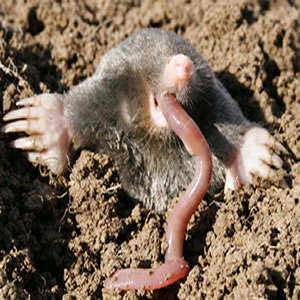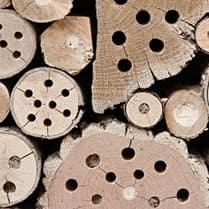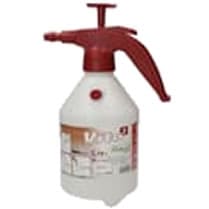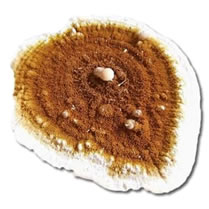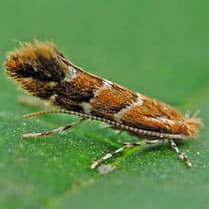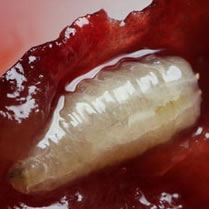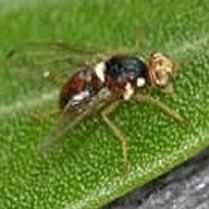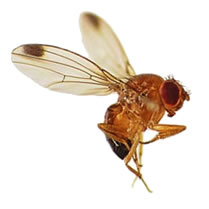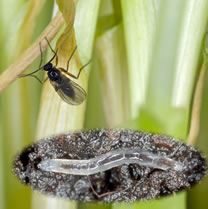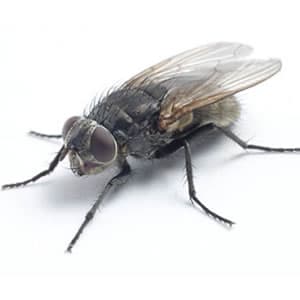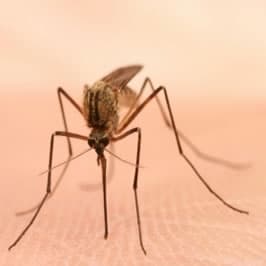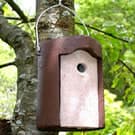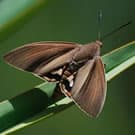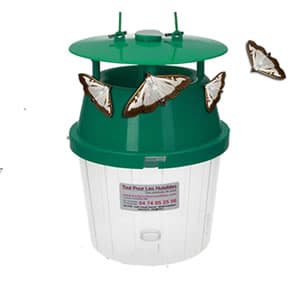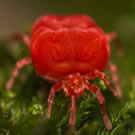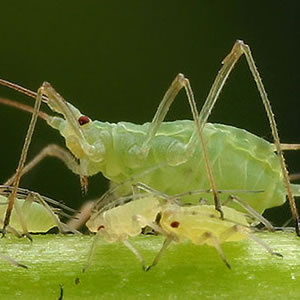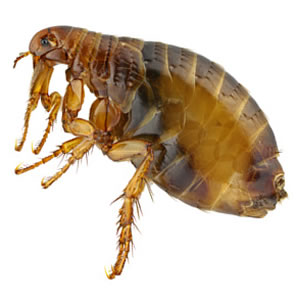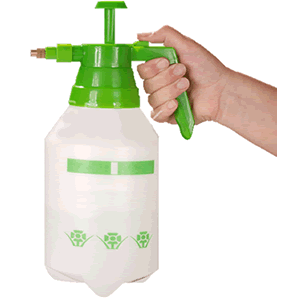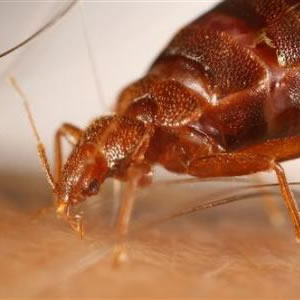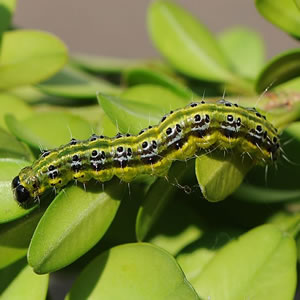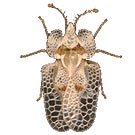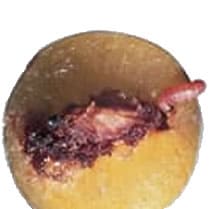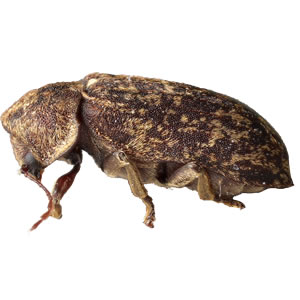- Free delivery
- Oak caterpillar
- Presentation
- Formulation Gel - Cryptobiose
- Legal Notice
- Deliveries
- The main useful nematodes
-
Target pests
- Thrips
- Palm Butterfly (Paysandisia archon)
- The red weevil (Palm tree)
- Soil flies
- The ants
- Box tree moth
- Cutworm - cutworm caterpillars
- crane fly larvae
- The cutters
- White grubs, cockchafers
- Otiorhynchus
- Colorado potato beetle
- The plane tree tiger
- fruit codling moth
- mosquito larvae
- root aphid
- Slugs and snails
- The pear tiger - Stephanitis piri
- Tomato leaf miner
- Agave weevil
- Peach tree capnode
- Zeuzère of the fruit trees
- A little history ...
- Terms of Sales
- Contact us
- Professionnal work place
- Other pests
-
![ACA - Acarien.info, products against mites]() Acariens Acarien.info, products against mites
Acariens Acarien.info, products against mites -
![ANT - Acarien.info, products against mites]() Anthrène des tapis Acarien.info, products against mites
Anthrène des tapis Acarien.info, products against mites -
![ARA - Acarien.info, products against mites]() Araignee Acarien.info, products against mites
Araignee Acarien.info, products against mites -
![ARE - Acarien.info, products against mites]() Arrosage écologique Acarien.info, products against mites
Arrosage écologique Acarien.info, products against mites -
![CAF - Acarien.info, products against mites]() Cafards et Blattes Acarien.info, products against mites
Cafards et Blattes Acarien.info, products against mites -
![CAR - Acarien.info, products against mites]() Carpocapse (vers des fruits) Acarien.info, products against mites
Carpocapse (vers des fruits) Acarien.info, products against mites -
![CRO - Acarien.info, products against mites]() Charancon rouge du palmier Acarien.info, products against mites
Charancon rouge du palmier Acarien.info, products against mites -
![CHI - Acarien.info, products against mites]() Chats-Chiens Acarien.info, products against mites
Chats-Chiens Acarien.info, products against mites -
![LCV - Acarien.info, products against mites]() Chauve souris Acarien.info, products against mites
Chauve souris Acarien.info, products against mites -
![CHE - Acarien.info, products against mites]() Chenille Processionnaire Acarien.info, products against mites
Chenille Processionnaire Acarien.info, products against mites -
![DES - Acarien.info, products against mites]() Desherbage Acarien.info, products against mites
Desherbage Acarien.info, products against mites -
![DVB - Acarien.info, products against mites]() Désinfection-Virus-Bacterie Acarien.info, products against mites
Désinfection-Virus-Bacterie Acarien.info, products against mites -
![DIU - Acarien.info, products against mites]() Destructeur Insectes UV Acarien.info, products against mites
Destructeur Insectes UV Acarien.info, products against mites -
![EPI - Acarien.info, products against mites]() Equipement Protection Individuelle Acarien.info, products against mites
Equipement Protection Individuelle Acarien.info, products against mites -
![FNE - Acarien.info, products against mites]() Fouines Acarien.info, products against mites
Fouines Acarien.info, products against mites -
![FOU - Acarien.info, products against mites]() Fourmis Acarien.info, products against mites
Fourmis Acarien.info, products against mites -
![GUE - Acarien.info, products against mites]() Guêpes - Frelons Asiatique Acarien.info, products against mites
Guêpes - Frelons Asiatique Acarien.info, products against mites -
![ENG - Acarien.info, products against mites]() Les Engrais Acarien.info, products against mites
Les Engrais Acarien.info, products against mites -
![LIM - Acarien.info, products against mites]() Limaces Acarien.info, products against mites
Limaces Acarien.info, products against mites -
![TAU - Acarien.info, products against mites]() Lyon Taupe Acarien.info, products against mites
Lyon Taupe Acarien.info, products against mites -
![INS - Acarien.info, products against mites]() Maisons Insectes Acarien.info, products against mites
Maisons Insectes Acarien.info, products against mites -
![MAT - Acarien.info, products against mites]() Materiel de traitement Acarien.info, products against mites
Materiel de traitement Acarien.info, products against mites -
![MEP - Acarien.info, products against mites]() Mérule Acarien.info, products against mites
Mérule Acarien.info, products against mites -
![MIN - Acarien.info, products against mites]() Mineuse du Marronnier Acarien.info, products against mites
Mineuse du Marronnier Acarien.info, products against mites -
![MIT - Acarien.info, products against mites]() Mites des Vêtements - Alimentaire Acarien.info, products against mites
Mites des Vêtements - Alimentaire Acarien.info, products against mites -
![MOC - Acarien.info, products against mites]() Mouche cerise Acarien.info, products against mites
Mouche cerise Acarien.info, products against mites -
![OLI - Acarien.info, products against mites]() Mouche de l olive Acarien.info, products against mites
Mouche de l olive Acarien.info, products against mites -
![SUZ - Acarien.info, products against mites]() Mouche suzukii Acarien.info, products against mites
Mouche suzukii Acarien.info, products against mites -
![MDT - Acarien.info, products against mites]() Mouche-du-terreau Acarien.info, products against mites
Mouche-du-terreau Acarien.info, products against mites -
![MOU - Acarien.info, products against mites]() Mouches Acarien.info, products against mites
Mouches Acarien.info, products against mites -
![MTQ - Acarien.info, products against mites]() Moustique Acarien.info, products against mites
Moustique Acarien.info, products against mites -
![NEM - Acarien.info, products against mites]() Nématodes Acarien.info, products against mites
Nématodes Acarien.info, products against mites -
![NIC - Acarien.info, products against mites]() Nichoirs et Abris Acarien.info, products against mites
Nichoirs et Abris Acarien.info, products against mites -
![PAL - Acarien.info, products against mites]() palmiers Acarien.info, products against mites
palmiers Acarien.info, products against mites -
![PAY - Acarien.info, products against mites]() Papillon du palmier Acarien.info, products against mites
Papillon du palmier Acarien.info, products against mites -
![PHE - Acarien.info, products against mites]() Phéromone bio Acarien.info, products against mites
Phéromone bio Acarien.info, products against mites -
![PGE - Acarien.info, products against mites]() Pigeon Acarien.info, products against mites
Pigeon Acarien.info, products against mites -
![POU - Acarien.info, products against mites]() Poux rouges du Poulailler Acarien.info, products against mites
Poux rouges du Poulailler Acarien.info, products against mites -
![PDC - Acarien.info, products against mites]() Protection du cheval Acarien.info, products against mites
Protection du cheval Acarien.info, products against mites -
![PCR - Acarien.info, products against mites]() Pucerons Acarien.info, products against mites
Pucerons Acarien.info, products against mites -
![PUC - Acarien.info, products against mites]() Puces Acarien.info, products against mites
Puces Acarien.info, products against mites -
![PUL - Acarien.info, products against mites]() Pulvérisateur Acarien.info, products against mites
Pulvérisateur Acarien.info, products against mites -
![PUN - Acarien.info, products against mites]() Punaise de Lit Acarien.info, products against mites
Punaise de Lit Acarien.info, products against mites -
![PUR - Acarien.info, products against mites]() Purin Acarien.info, products against mites
Purin Acarien.info, products against mites -
![PYR - Acarien.info, products against mites]() Pyrale du buis Acarien.info, products against mites
Pyrale du buis Acarien.info, products against mites -
![SER - Acarien.info, products against mites]() Serpents Acarien.info, products against mites
Serpents Acarien.info, products against mites -
![SDA - Acarien.info, products against mites]() Soin des arbres Acarien.info, products against mites
Soin des arbres Acarien.info, products against mites -
![SDV - Acarien.info, products against mites]() Soin des végétaux Acarien.info, products against mites
Soin des végétaux Acarien.info, products against mites -
![SOU - Acarien.info, products against mites]() Souris - Rat - Campagnol - Rongeur Acarien.info, products against mites
Souris - Rat - Campagnol - Rongeur Acarien.info, products against mites -
![STO - Acarien.info, products against mites]() Stop Odeur Acarien.info, products against mites
Stop Odeur Acarien.info, products against mites -
![TIG - Acarien.info, products against mites]() Tigre du Platane Acarien.info, products against mites
Tigre du Platane Acarien.info, products against mites -
![CPT - Acarien.info, products against mites]() Tout Pour Le Compost Acarien.info, products against mites
Tout Pour Le Compost Acarien.info, products against mites -
![TPG - Acarien.info, products against mites]() Tout Pour Mon Gazon Acarien.info, products against mites
Tout Pour Mon Gazon Acarien.info, products against mites -
![PRU - Acarien.info, products against mites]() Ver de la prune Acarien.info, products against mites
Ver de la prune Acarien.info, products against mites -
![VRI - Acarien.info, products against mites]() Vrillette Acarien.info, products against mites
Vrillette Acarien.info, products against mites
-
Treating the tomato leaf miner: Tuta absoluta
How to identify tomato leaf miner on your plants?
The tomato leaf miner ( Tuta absoluta ) is an insect of the Gelechiidae family. Native to South America, it quickly spread to Europe in the early 2000s.
This pest mainly attacks tomatoes, but can also attack other solanaceous plants such as eggplants and potatoes.
- Size : Approximately 6-7mm long.
- Appearance : The adult leaf miner is a grayish moth, but it is the larvae, small green or brown caterpillars, which cause the damage.
- Life cycle : The tomato leaf miner goes through several stages: egg, larva, pupa and adult. Females lay their eggs on leaves, stems or fruit.
The larvae penetrate leaves, stems or fruits, causing galleries or "mines", which harm the growth of the plant and significantly reduce the quality of the fruits.
Presence of the tomato leaf miner in France
Since its introduction in France, the tomato leaf miner has become a major pest in tomato-producing regions, particularly in Provence-Alpes-Côte d'Azur , Occitanie and Nouvelle-Aquitaine . Its proliferation is faster in regions where temperatures are high.
Plants affected by the tomato leaf miner
Tomatoes
Tomato plants are most affected, with the larvae tunneling into the leaves, stems and fruit.
Other Solanaceae
- Eggplant ( Solanum melongena )
- Potato ( Solanum tuberosum )
- Peppers ( Capsicum annuum )
Tomato Leaf Miner Damage
Tomato leafminer larvae cause significant damage to crops:
Spots and galleries on leaves
The leaves have translucent galleries or brown spots due to the feeding of the larvae. These galleries can cause leaf necrosis, thus weakening the plant.
Fruit damage
The larvae also penetrate the fruit, causing brown tunnels inside, making it unsaleable and inedible. This can cause significant economic losses for producers.
Reduction in growth
Damage to leaves and stems slows photosynthesis, weakening the plant and reducing overall crop yield.
Treatment with Steinernema Feltiae nematodes against plane tree tiger moth
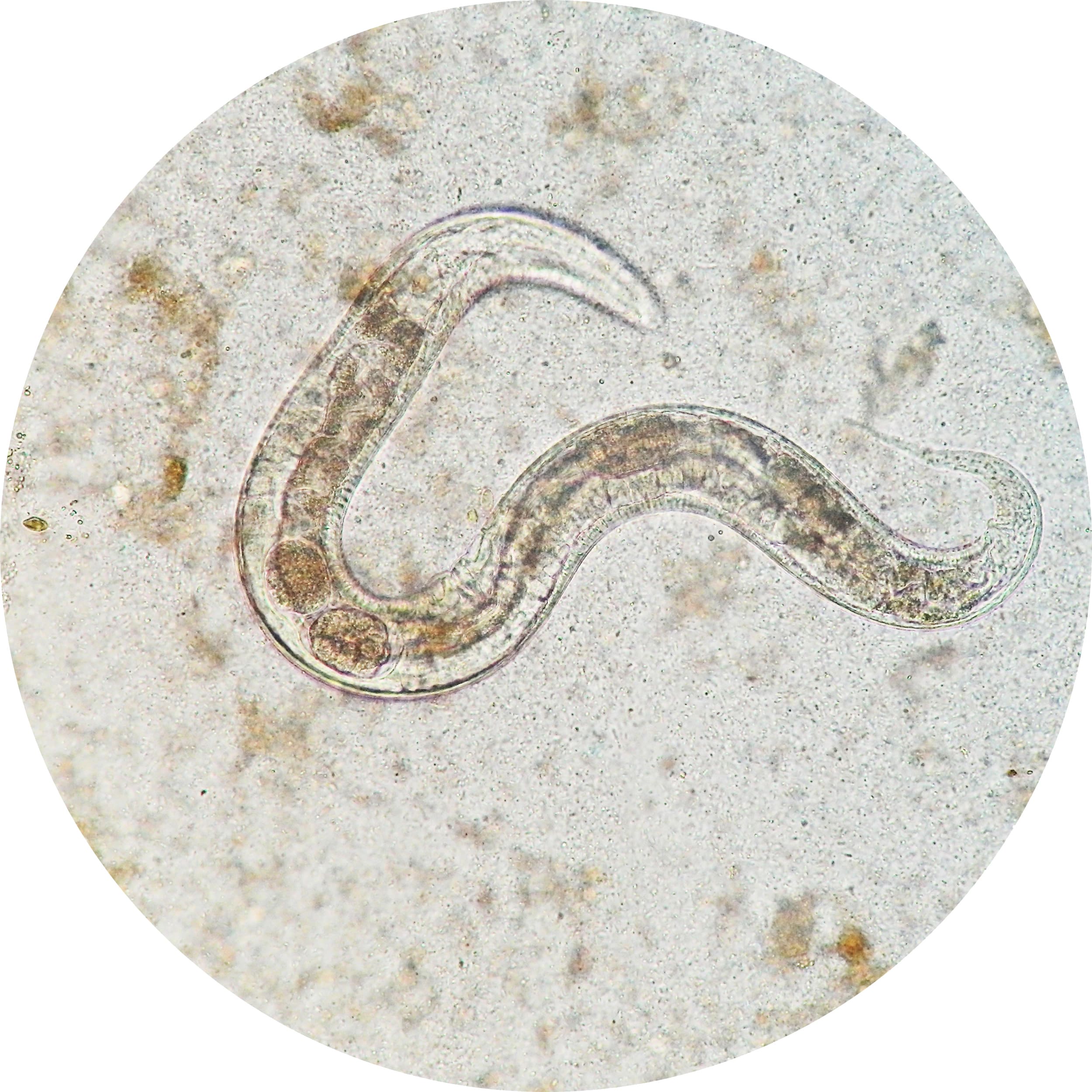 Nematodes are naturally present in the soil in small quantities, they are microscopic worms invisible to the naked eye, respectful of useful insects, crops and vertebrates (human beings and domestic animals). They are safe for dogs and cats.
Nematodes are naturally present in the soil in small quantities, they are microscopic worms invisible to the naked eye, respectful of useful insects, crops and vertebrates (human beings and domestic animals). They are safe for dogs and cats.
Steinernema Feltiae nematodes are microscopic worms used as a biological treatment against thrips larvae. Their mode of action is simple but effective: once applied to the soil, the nematodes penetrate the larvae through natural channels and release symbiotic bacteria that destroy the inside of the larva, causing its death within a few days.
Nematodes do not have "legs", they move using water.
Delivery and storage of nematodes
Nemtodes can be delivered by non-refrigerated tracked letter directly to letter boxes up to 25 million.
Nematodes can survive more than 8 days at room temperature without any problem. Storing them in the fridge is just to be able to keep them longer by slowing down their development.
Nematodes should be kept cool after receipt in order to slow down their metabolism ("hibernation") so that they can be stored until the DLU date.
At room temperature, nematodes do not die but continue their development. Without food (larvae), they would eventually die naturally after about ten days.
Nematodes are supplied in the form of a more or less moist granular powder. The entire pot (or sachet) must be used in a single treatment to ensure uniform distribution and optimum effectiveness.
Available packaging of nematodes against the tomato leaf miner SOLU'NÉMA
Pot of 5 million nematodes for approximately 10m²
Pot of 10 million nematodes for approximately 20m²
Pot of 25 million nematodes for approximately 50m²
Pot of 50 million nematodes for approximately 100m²
Bag of 250 million nematodes for approximately 500m²
PS: Pot containing a moist granular powder.
Dosage and application of nematodes
For maximum effectiveness, it is essential to dose the nematodes correctly according to the surface to be treated. Accurate dosage and good application allow all infested areas to be covered. Prepare a solution by diluting the nematode powder in clean water, then apply it to the potting soil, ensuring that the soil is moist to encourage their movement.
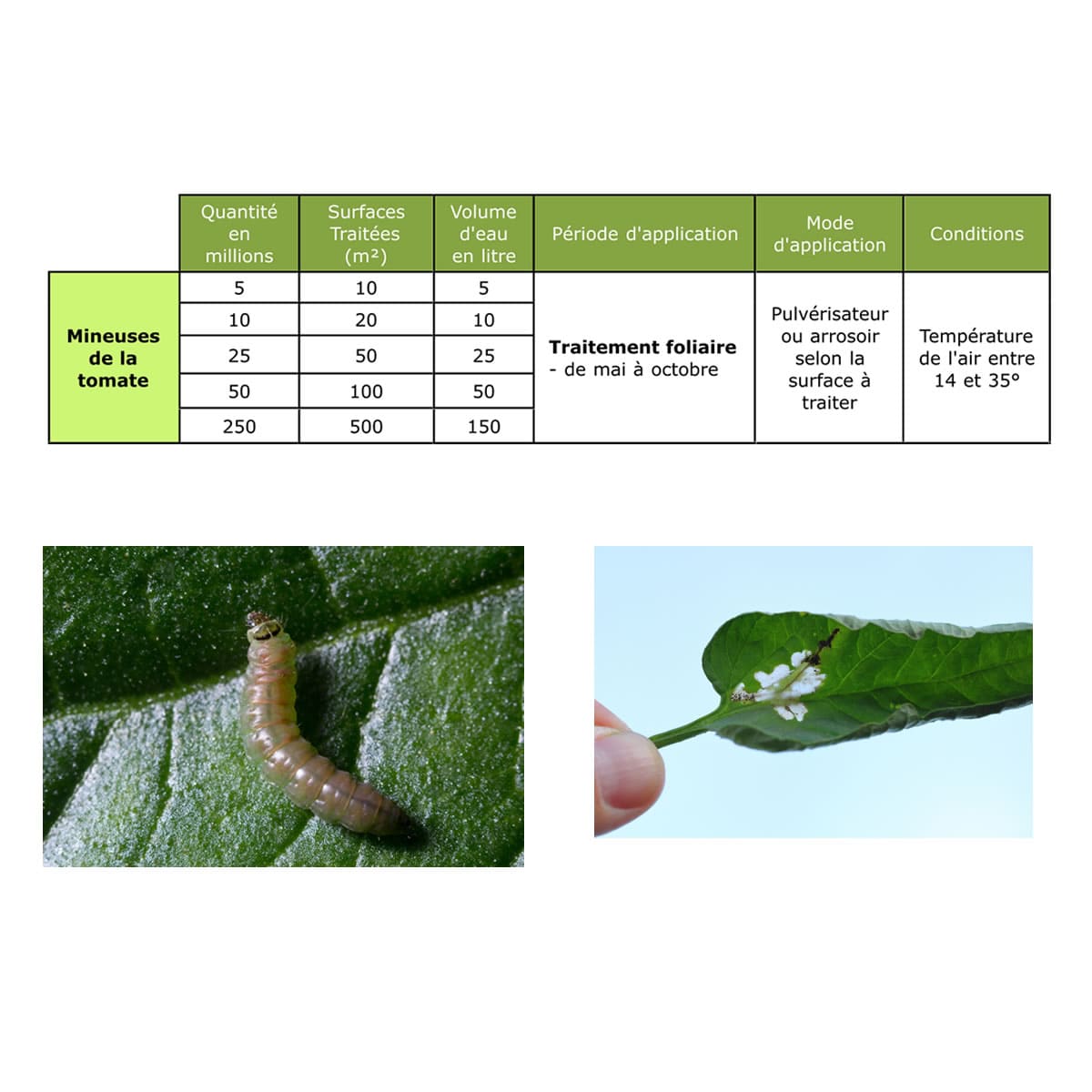
How to use nematodes against tomato leaf miner
1. Identify the Problem
Symptoms of tomato leaf miner include irregular spots on leaves, fruit and stems, often accompanied by visible tunnels created by the larvae. These tunnels can cause discoloration, wilting and premature leaf drop, as well as deformed fruit. The presence of small entry or exit holes on fruit is a telltale sign of the leaf miner. It is important to monitor plants regularly, especially during warm weather, as tomato leaf miners thrive in these conditions.
Intervention: It is possible to treat the larvae by applying nematodes to the foliage.
2. Preparation of Nematode Solution
Before use, leave the nematodes at room temperature for 30 minutes. Dilute the entire sachet in a small container of clean water at room temperature, pre-diluting the nematodes before mixing them. Stir well and let the contents dilute for 5 minutes. Then pour this preparation into your sprayer or watering can and add the remaining water (between 15°C and 25°C). Mix again.
3. Spraying or Watering Application of Nematodes
Before applying the solution to the plants, spray the foliage, stems and soil around the plants to allow the nematodes to move more easily. Spray the foliage, stems and soil around the plants while continuing to agitate the mixture to prevent the nematodes from ending up at the bottom of the sprayer or watering can.
4. Continue Humidification
Nematodes require a moist environment to move to their prey. Water your crop regularly to maintain their effectiveness.
5. Monitor Results
Steinernema Feltiae nematodes work quickly to control tomato leafminer larvae. You should see a decrease in the larvae population after a few days. If larvae persist, repeat the treatment.
It is important to follow the application instructions to obtain the best results in treating tomato leafminer larvae with Steinernema Feltiae nematodes.
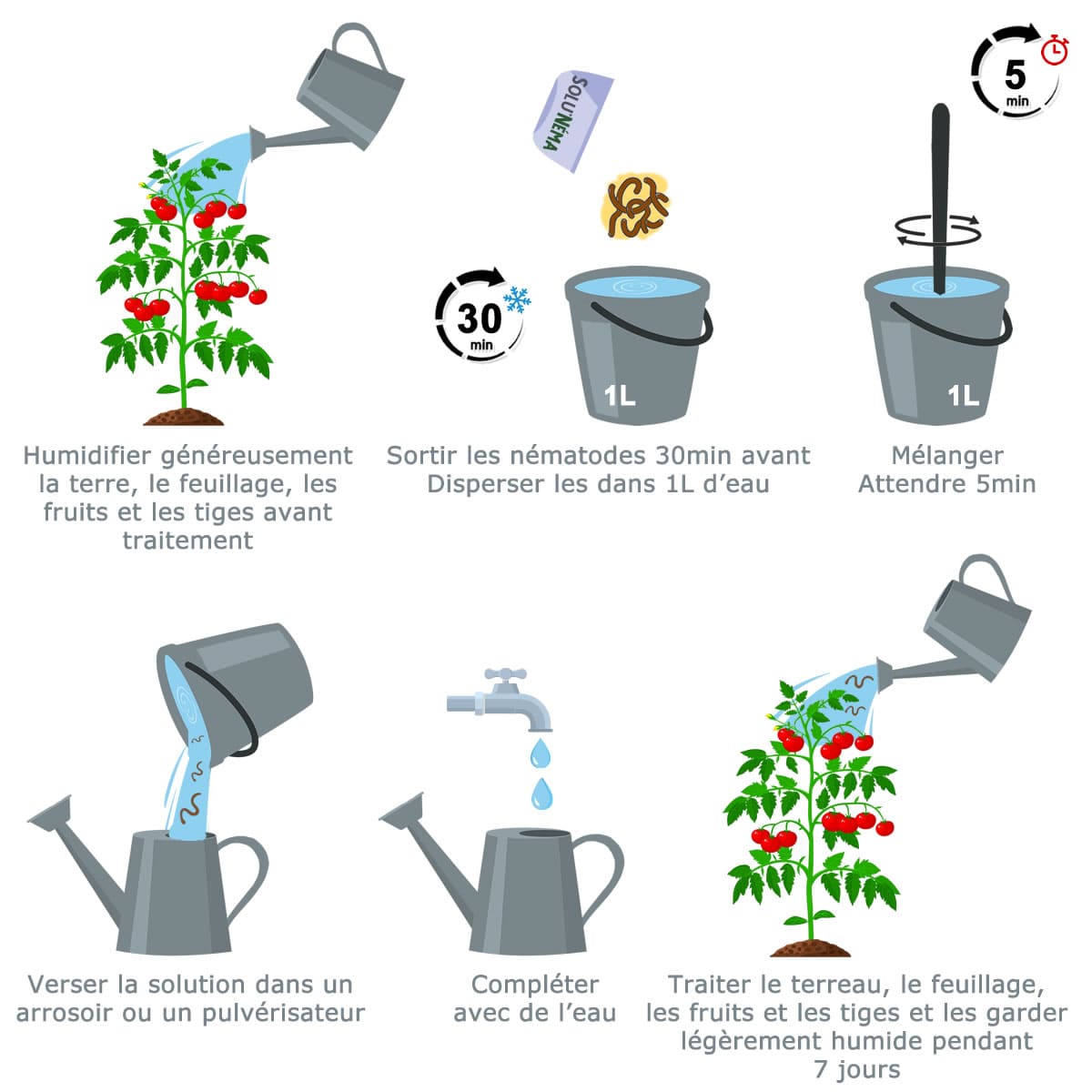
Prevention and advice against the tomato leaf miner
- Regular monitoring : Use pheromone traps to monitor the appearance of adults and act quickly in the event of an infestation.
- Disposal of infested plants : Remove and destroy infected leaves or fruit to prevent the spread of the insect.
- Protective netting : Use netting to prevent adults from laying eggs on your tomato plants.


